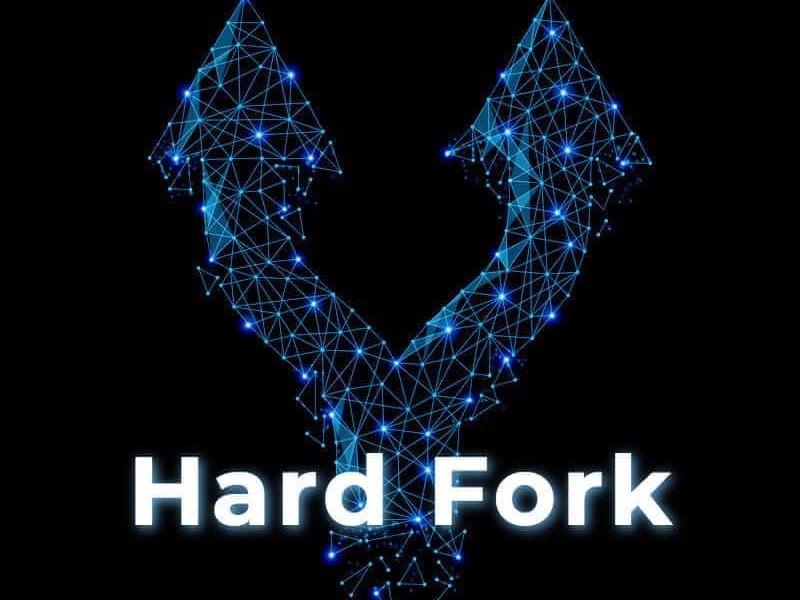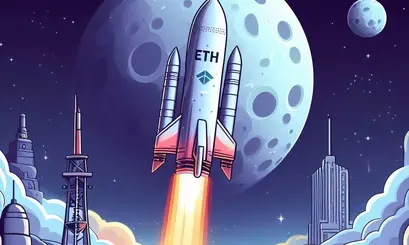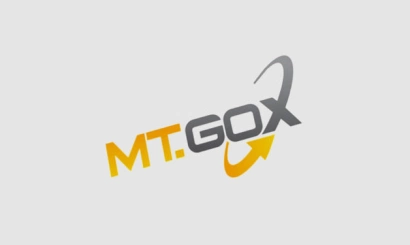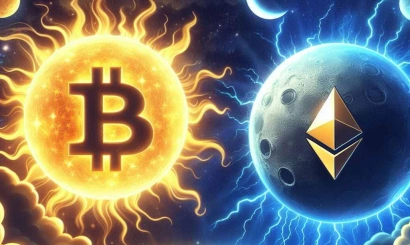Conflux hardfork and the launch of the Lambda core network. Main events of October
Over the next month several events will take a place at the same time, which may affect both the value of certain coins and the overall market
The launch of the Lambda core network
The Lambda project was developed as a decentralized database that uses Sharding technology. The project's core network is scheduled to launch on October 10, and a cross-network bridge with the Ethereum network will also be launched, as well as access for validators and the ability to stack LAMB tokens. For early users and holders, there will be an eirdrop on October 10 and 15, respectively.
In the 2018 ICO, the project raised $15 million of a planned $20 million.
Conflux hardfork.
An update to the Conflux network will begin in mid-October. Most of the changes will become available on October 25. The update will, among other things, fix some bugs, add the ability to change rewards without a hardfork, and improve the performance of validator nodes.
The project was created as a competitor to Ethereum and was supported by Chinese government agencies. The project was financed by Shanghai's leadership, as well as large private investors including Sequoia China, Huobi Group, Shunwei Capital and Rong360.
Telos Network Update
Project Telos was launched in 2018 and is a fork of the EOSIO blockchain. In 2022, the four largest forks of EOSIO (EOS, WAX, TELOS and Ultra) formed a coalition to transition to a common codebase, resulting in the Antilope hardfork.
The move to the new software is another step toward independence from block.one, the developer of EOSIO. Holders of node validation (nodes) on the core network need to update software to the Leap 3.1. release ( formerly Mandel 3.1) by October 26.
Hydra hardfork.
The HydraChain project runs on the PoS (Proof of Stake) algorithm and was created as a solution for real business. Features of the project are 100% burning of all transaction fees, fixed transaction fees, smart contracts compatible with Ethereum virtual machine, minimum annual stacking yield of 20%.
The update will occur after block number 477,300 is found. Then the block finding will be reduced from 128 seconds to 32 seconds, the number of processed transactions per second will increase to 2 thousand, CPU resource usage will be optimized, it will be possible to delegate stacking, and the Ethereum virtual machine version will be updated to the current one. Users need to update their software by October 27.




_410x245_00e.webp)


